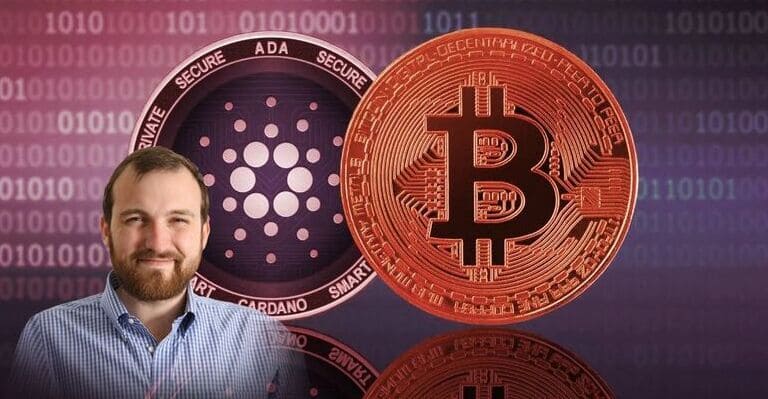TL;DR
- Charles Hoskinson, founder of Cardano, compared the sustainability of the ADA network to that of Bitcoin, emphasizing the importance of transaction fees over block inflation.
- Rick McCracken conducted the survey on X, and the community showed indecision. 20% opted for 2% inflation, 35.3% for income from other chains, and 44.8% wanted to see the results.
- Hoskinson and McCracken agreed that for the transaction fee-based model to be viable, Cardano must increase its performance and user base to process millions of transactions.
The founder of Cardano, Charles Hoskinson, provided a thoughtful response to a survey on the sustainability of the ADA network’s security. The survey, conducted on X (formerly Twitter), was launched by Rick McCracken Digi, a pool operator and ADA community member. It has sparked heated debates about the economic model that underpins the security of blockchain networks.
The survey presented two main options for participants: the first option proposed a 2% inflation in ADA rewards, similar to approaches adopted by other blockchains such as Ethereum, Dogecoin, and Solana. The second option suggested allocating 20% of the income generated from the staking inflation of other chains associated with Cardano’s security. The results were varied: 20% of respondents preferred the 2% inflation, while 35.3% opted for the income model from other chains. A significant 44.8% of participants chose the “show results” option, reflecting indecision or a desire for more information before making a decision.
75 percent of all revenue from mining Bitcoin blocks comes from transaction fees, not block inflation. There are there going to be millions of transactions being processed from using Cardano and those fund the block producers.
— Charles Hoskinson (@IOHK_Charles) June 3, 2024
Charles Hoskinson Sees Future in Fees
Charles Hoskinson provided an interesting perspective by comparing the situation to the Bitcoin network. He noted that in Bitcoin, 75% of miners’ income comes from transaction fees rather than block inflation. Charles suggested that Cardano could follow a similar trend, where frequent transactions on the network would generate sufficient fees to fund block producers, thereby ensuring the system’s security and sustainability.

This approach aligns with an increasingly common trend in the crypto industry, favoring transaction fee-based models over block inflation rewards. These models are considered more sustainable in the long term, as they depend on economic activity within the network rather than the continuous issuance of new coins.
Rick McCracken agreed with Hoskinson’s vision but also highlighted a key challenge: the need to achieve high performance and a sufficient number of users for this model to be viable. The ability to process millions of transactions and attract a broad user base will be crucial for fees to adequately sustain block producers and, consequently, the network’s security.

